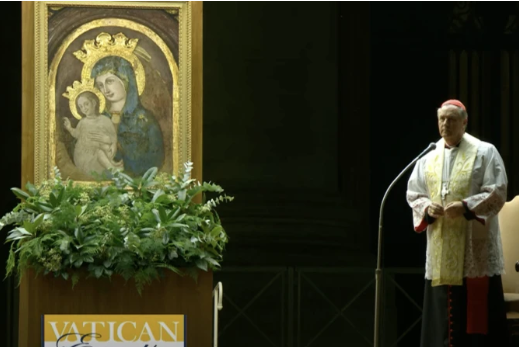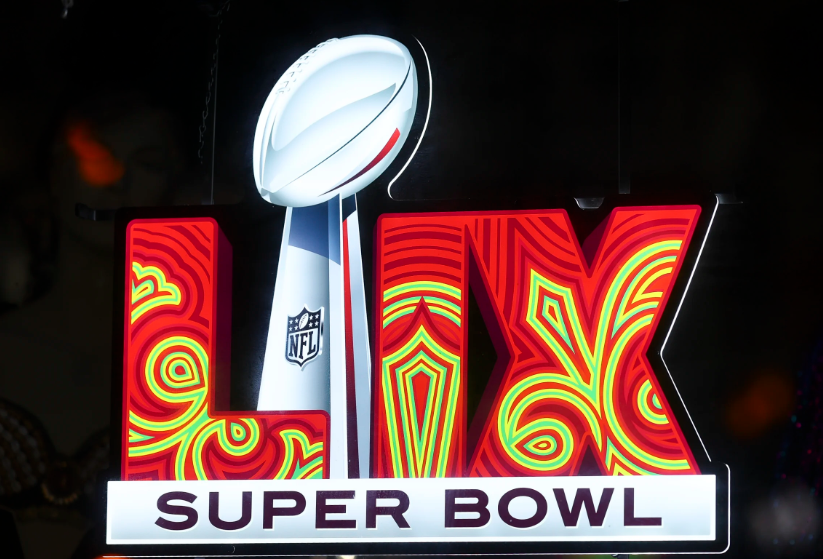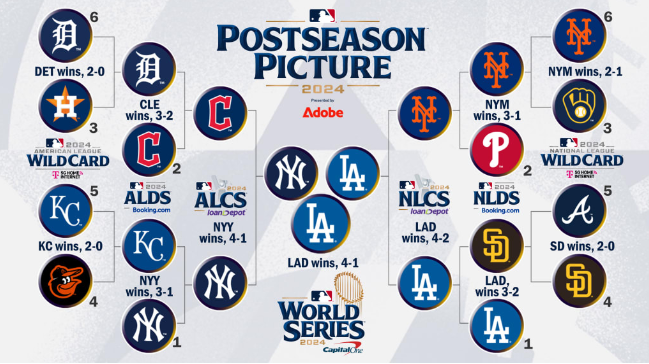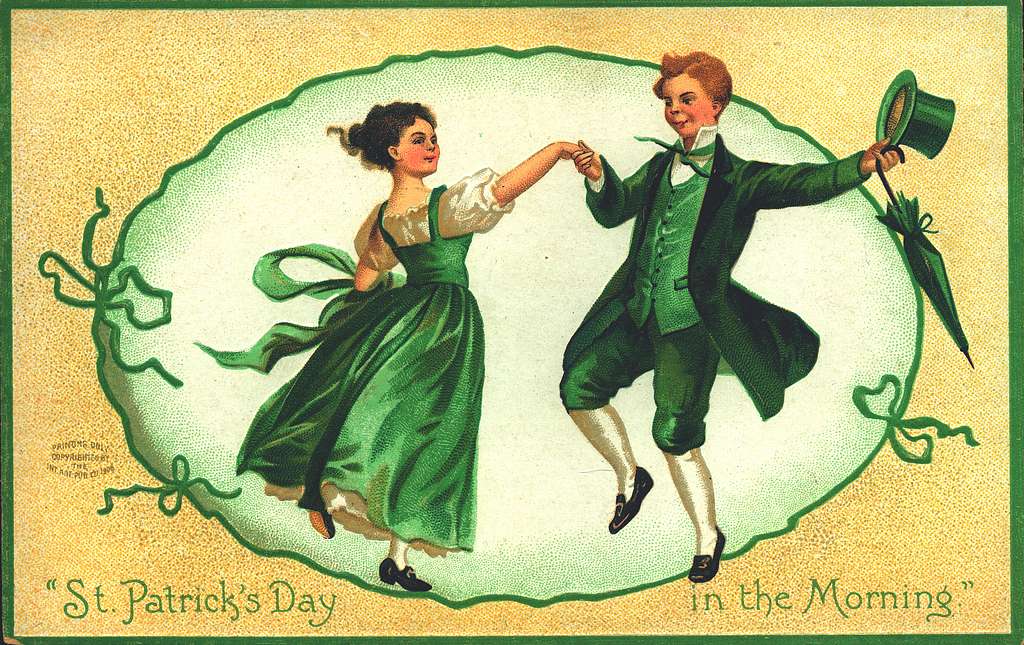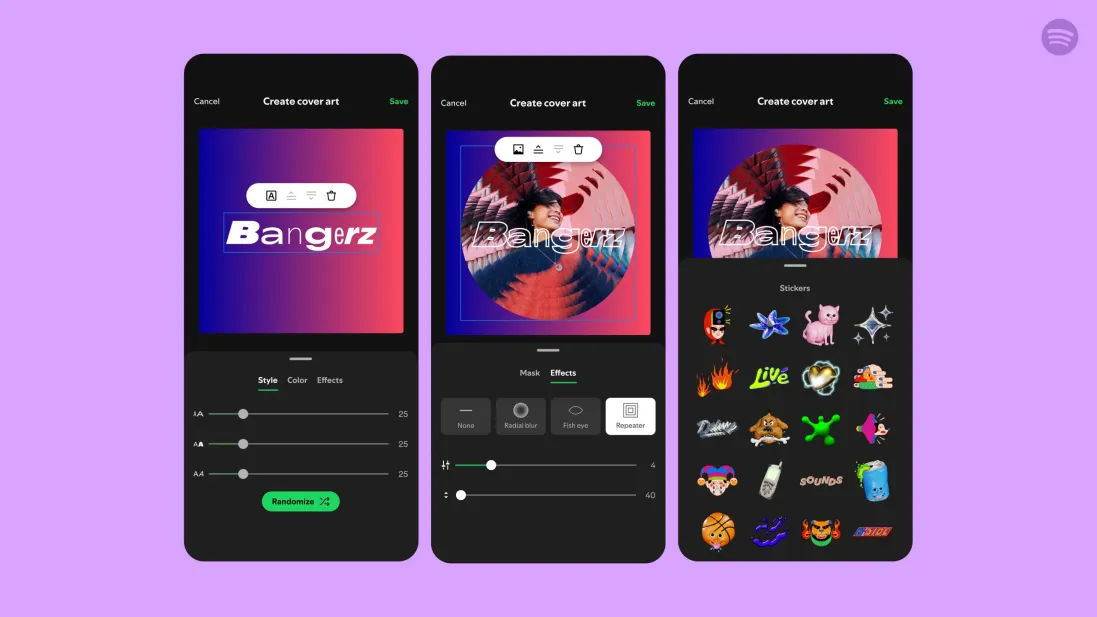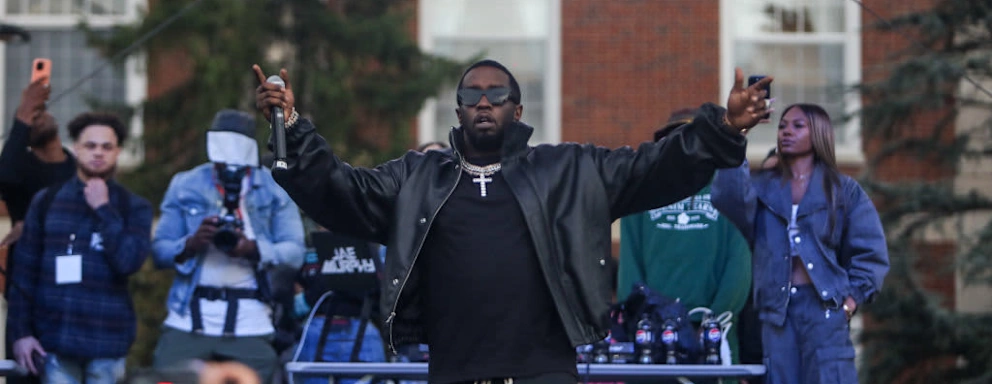For those who do not know, St. Patrick’s Day always lands on March 17. St. Patrick’s Day is also known as feast day of St. Patrick. The holiday was created based on the patron saint of Ireland. He was born in Roman Britain in the late 14th century. At the age of 16 he was kidnapped and taken to Ireland as a slave. He eventually escaped but returned to Ireland about 432 CE to convert the Irish into Christians. St. Patrick died on March 17, 461. In his life, he was able to establish monasteries, churches, and schools. There are many legends that grew around him. For example there is a legend about how he drove the naked out of Ireland and used shamrock to explain the Trinity. Ireland came to celebrate his day with religious services and feast.
The holiday has emigrated to the United States which has transformed St. Patrick’s Day into a largely secular holiday of revelry and celebration of things Irish. Cities with large numbers of Irish immigrants who often wielded political power hold the most extensive celebrations which include parades. The first St. Patrick’s Day parade was in Boston in 1737, and then, followed by the New York City parade in 1762. Fun fact: did you know that Blue was traditionally the color associated with St. Patrick’s Day? Ever since Chicago colored its river green to mark the holiday in 1962, green has been the common color that is connected with day.
Both Irish and non-Irish commonly participate in the tradition of “wearing green,” sporting an item of green clothing or shamrock (the Irish national plant) in the lapel. Another tradition that is complementary to wearing green is if a person is not found wearing green, they get pinched. This complementary tradition came from the idea that leprechauns pinch people they can see. Corned beef and cabbage is also associated with the holiday because it became a staple good for Irish immigrants in the U.S., who found corned beef to be a relatively affordable meat option compared to what they could access in Ireland, which they paired with readily available cabbage. It has made it a symbolic dish for celebrating their heritage on the holiday. Beer is also associated with holidays to the point where sometimes beer is dyed green to celebrate the occasion.
